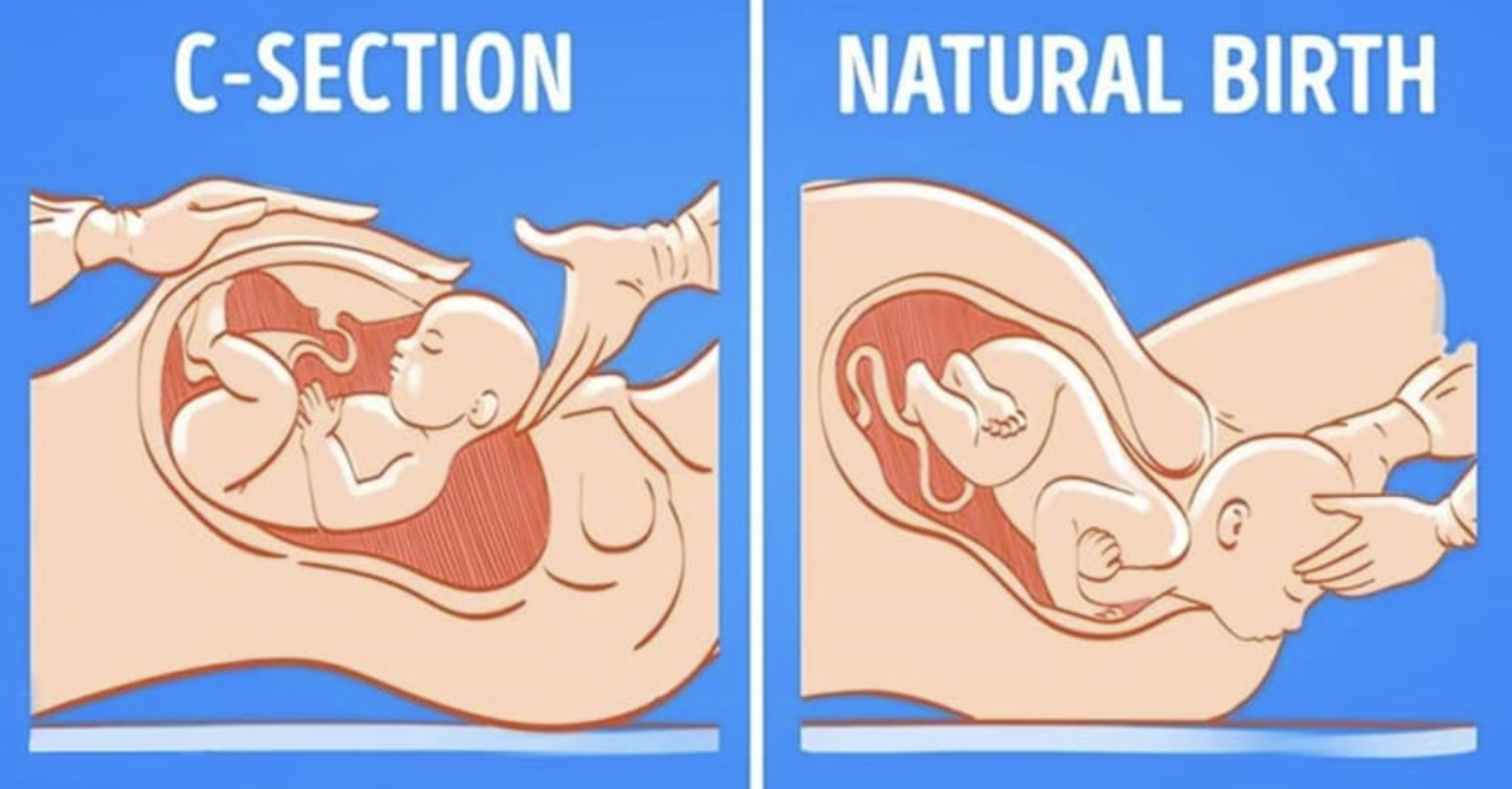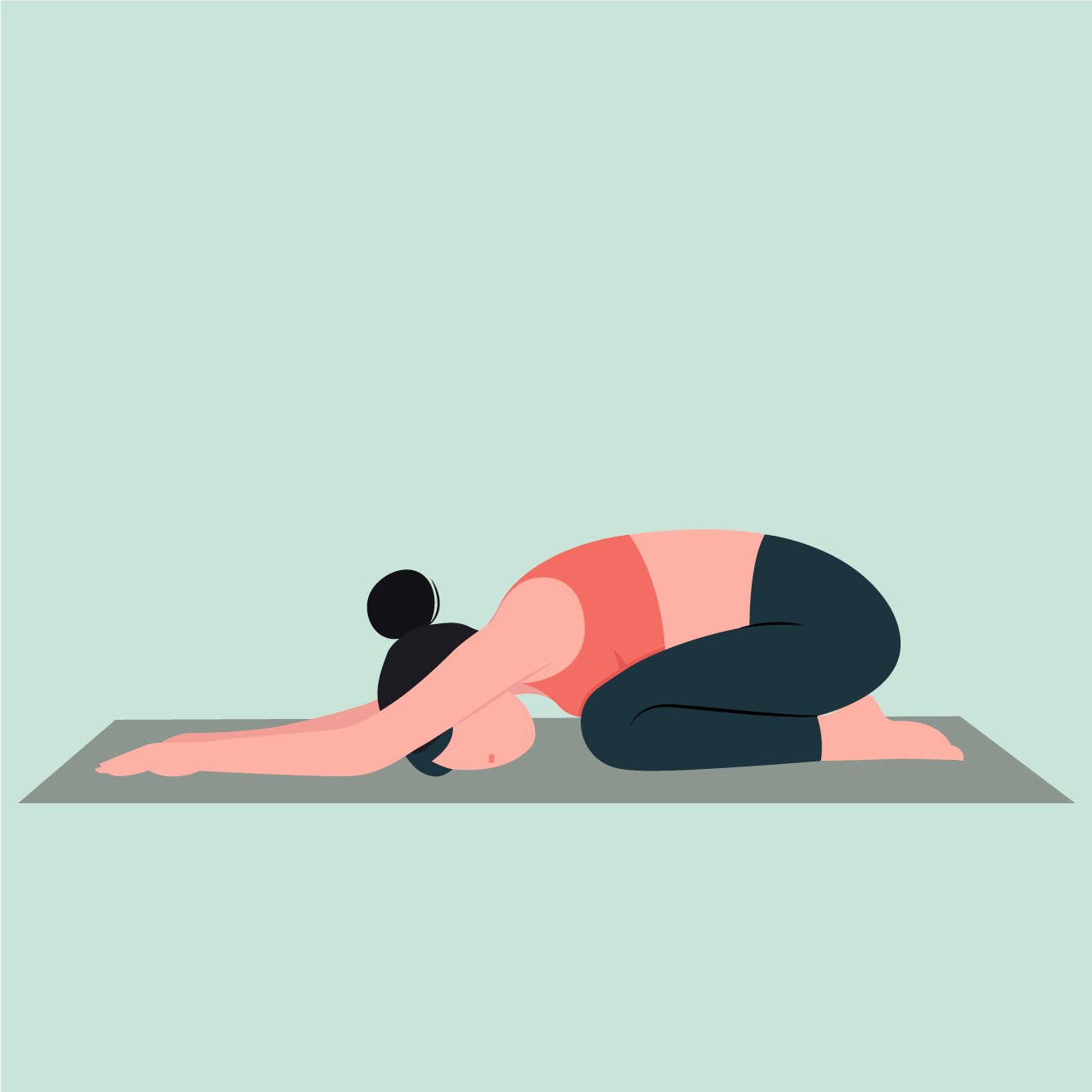Differences Between C-Section and Vaginal Delivery
C-section (Caesarean section) and vaginal delivery are two different methods of giving birth. Vaginal delivery is the “natural” way of giving birth, where the baby is delivered through the birth canal. This method of delivery usually takes place when the baby is in a head-down position, and the mother's cervix has dilated enough to allow the baby to pass through. During a vaginal delivery, the mother may experience contractions and pushing sensations, and the delivery may take anywhere from a few minutes to several hours.
On the other hand, C-section is a surgical method of delivering a baby. During a C-section, the baby is delivered through an incision made in the mother's abdomen and uterus. This is a major abdominal surgery. This method of delivery is usually recommended when a vaginal delivery poses a risk to the mother or the baby, or for various other reasons established by the OBGYN and patient. C-sections can be planned in advance or can be performed as an emergency procedure.
Some key differences between C-section and vaginal delivery include:
Recovery time: Vaginal delivery generally has a shorter recovery time than C-section, with mothers being able to resume normal activities sooner after giving birth.
Risks and complications: C-section carries a higher risk of complications such as infection, bleeding, and blood clots, and may also increase the risk of certain long-term health issues for the mother and the baby.
Pain and discomfort: Both C-section and vaginal delivery can be painful, but the pain associated with a C-section is usually more intense, and the mother may need more pain relief during the recovery period. Remember this is a major abdominal surgery.
Pelvic floor complications: perineal tearing rates are higher with vaginal delivery, but that does not mean pelvic floor dysfunction is not involved in C-section deliveries. The pelvic floor undergoes equal amounts of stress 9 months leading up to delivery with both methods, there is just a higher risk of tearing from the trauma of vaginal delivery.
Return to activity: typically, vaginal deliveries have quicker return to activity and exercise on average. This have to do with better and quicker activation of abdominal musculature. But again, every case is different.
It may appear that the abdomen is only involved in a C-section and the pelvic floor is only involved in a vaginal birth. However, both are impacted to varying degrees, no matter the birthing method.
Ultimately, the choice of delivery method depends on various factors such as the mother's health, the baby's health, and any complications that may arise during pregnancy or labor. It's important for expecting mothers to discuss their options with their healthcare provider and make an informed decision based on their individual circumstances. This can be stressful, and things can change rather rapidly during labor and delivery. Regardless of the delivery method, physical therapy postpartum will be crucial for optimal recovery. We can assist with whatever happens during this time to get you back to feeling like you.
If you are interested in finding out more about how to prep for an easier delivery, stay tuned! Look out for more information on push prep to make sure you and your vagina are ready for labor.
Already delivered and ready to begin the road to recovery? We are here to help. Book a free consultation to get back to feeling your best self.
Other Posts You Might Like
















